Science Stats
-
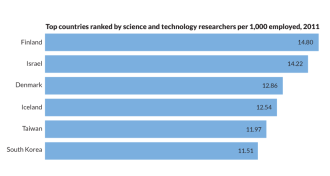 Science & Society
Science & SocietyU.S. research workforce lags by some measures
Scientists’ share of total employment is lower in United States than in 16 other countries.
-
 Ecosystems
EcosystemsBee losses followed World Wars
British historical records show a century-long decline of important pollinators: bees and some wasps.
By Beth Mole -
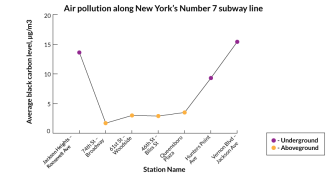 Environment
EnvironmentBlack carbon fouls New York subway stations
Black carbon, a respiratory irritant, fouls air in New York subway stations.
By Meghan Rosen -
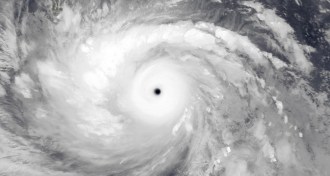 Health & Medicine
Health & MedicineA look back at 2013’s disasters
The Philippines, India and China each lost more than 1,000 lives in 2013 in mass calamities.
-
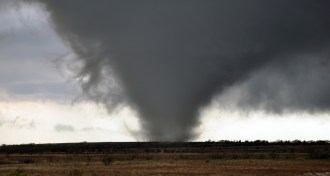 Earth
EarthMore multi-tornado days in the forecast for U.S.
The number of days per year with tornadoes has gone down over the last few decades in the U.S., but the number of days that see 30 or more twisters is going up.
-
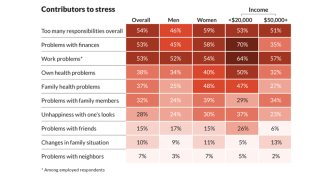 Health & Medicine
Health & MedicineSurvey catalogs what is stressing out Americans
Along with work and other responsibilities, health problems are prominent causes of stress.
-
 Health & Medicine
Health & MedicineBoot camp bug
Adenoviruses, which cause respiratory illnesses including some colds, plague boot camps.
By Nsikan Akpan -
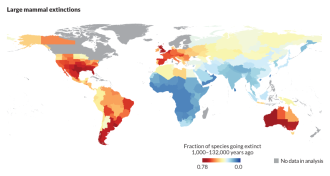 Earth
EarthHumans have long history with causing extinctions
Data suggests major die-offs of large animals during the last Ice Age were linked to people, not climate.
-
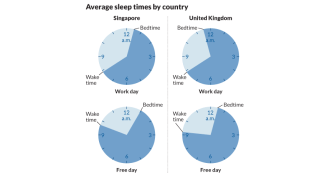 Psychology
PsychologyWesterners sleep more than people from Eastern nations
Sleep schedules vary from country to country, with social demands like work and study providing the primary incentives to stay up.
-
 Health & Medicine
Health & MedicineObesity on the rise globally
Some 2.1 billion people, almost 30 percent of the world’s population, are overweight or obese.
-
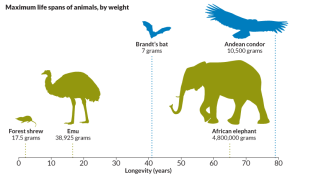 Animals
AnimalsFly more, live longer
An examination of animal lifestyles reveals that the most important factor linked to longer life is the ability to fly.
-
 Neuroscience
NeuroscienceWhat’s behind rising autism rates
Better diagnosis may be driving a recent spike in autism.